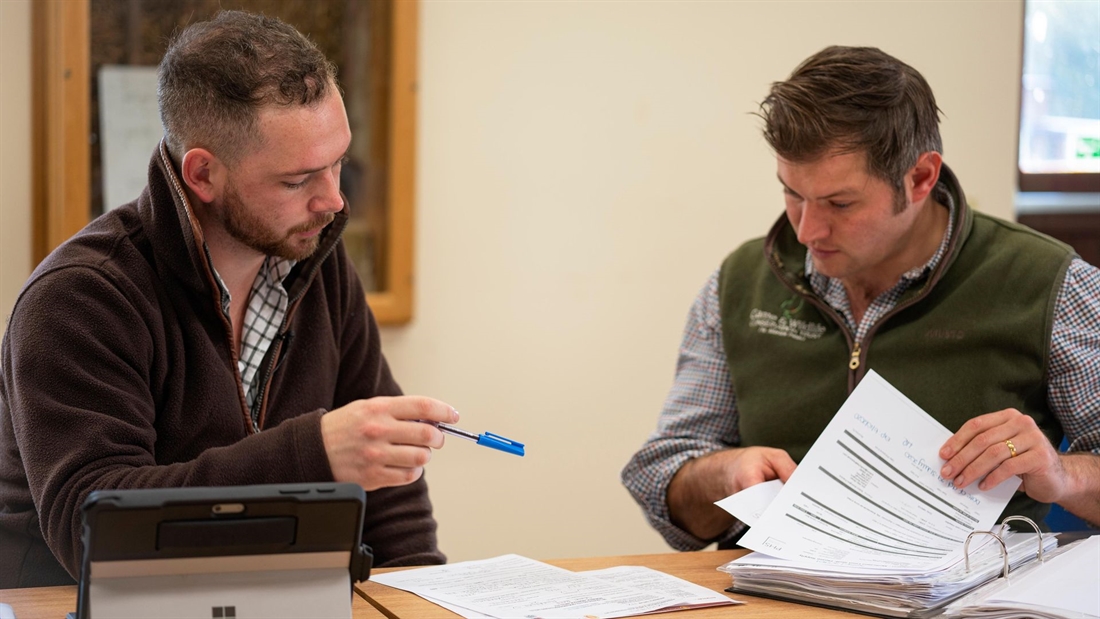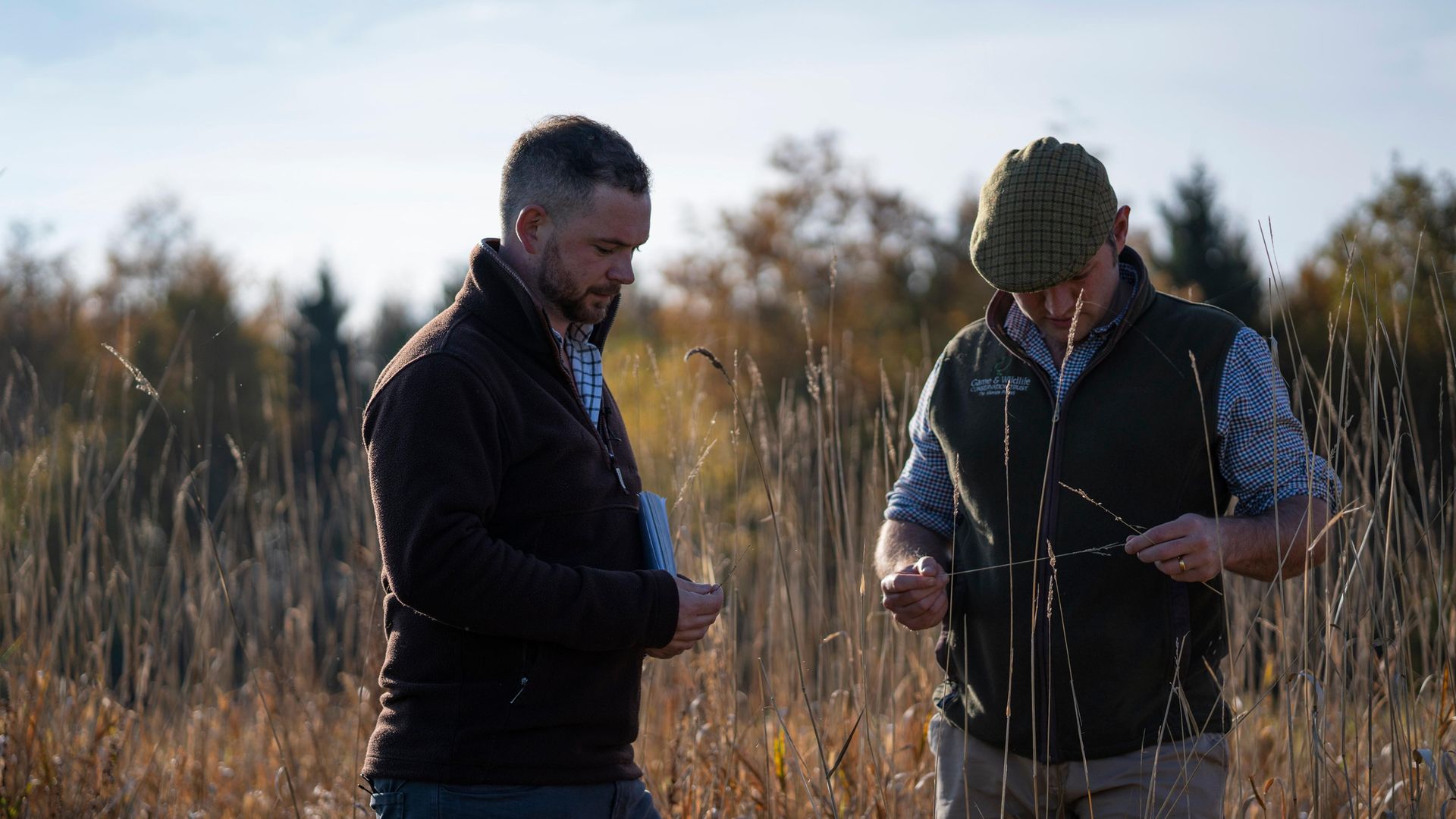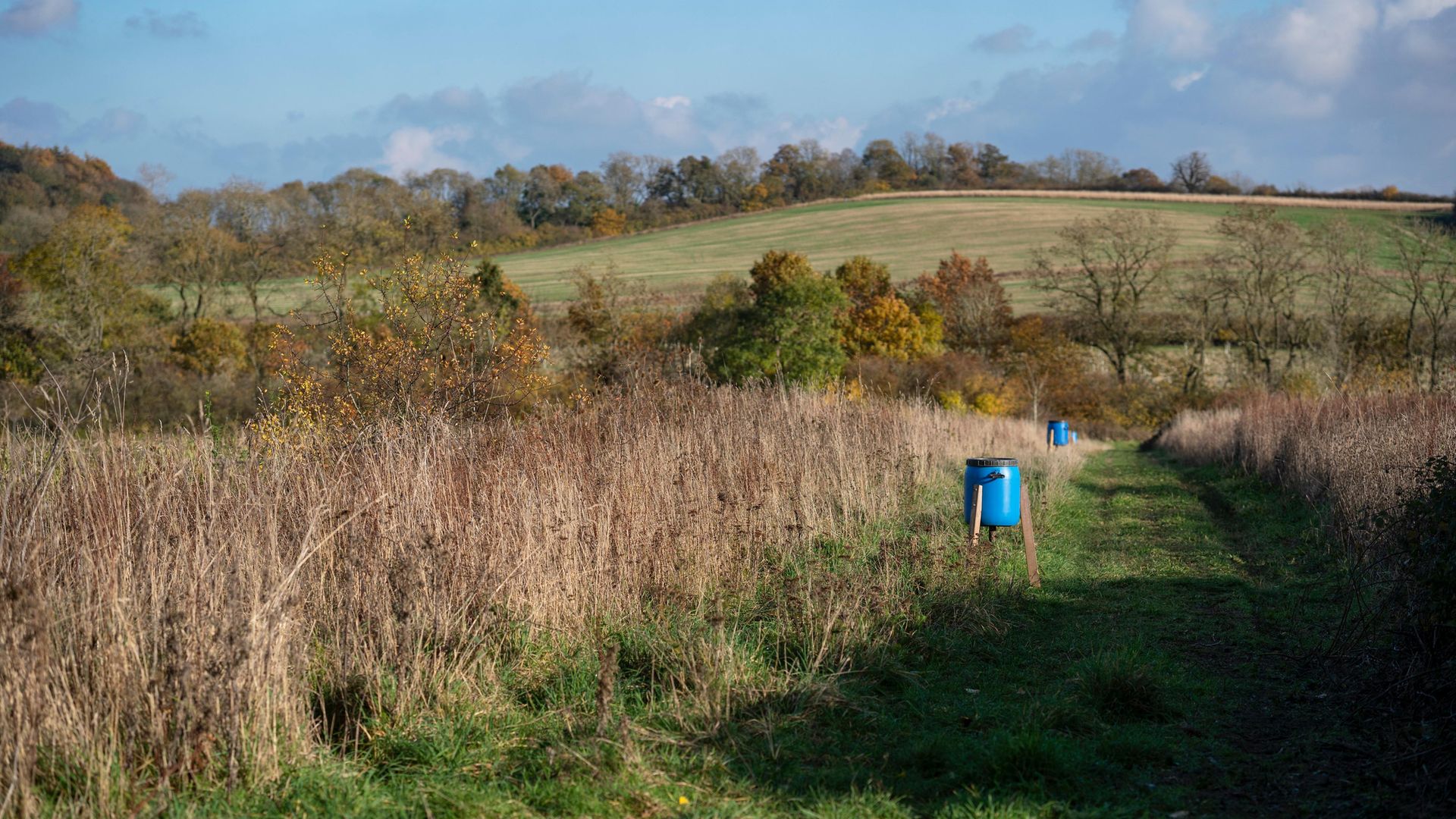What to expect from a BGA audit

Showing that you adhere to the highest welfare and environmental standards is so important these days. But what happens if you invite the BGA’s auditors into your shoot?
When you think of an auditor, you’d be forgiven for imagining a serious character armed with a clipboard eager to find fault. Understandably, this might put off some shoots from signing up to British Game Assurance (BGA) membership for fear of failing the inspection and word getting out. The prospect of having your pride-and-joy rearing pens perused by an auditor who knows nothing about the countryside or game shooting is hardly appealing. However, the reality is very different. Here, we speak to Sarah Broomhead and Tom Moore who are auditors from SAI Global Assurance, BGA’s appointed certification body, to debunk the myths surrounding the process and the people.
“We get that the idea of being audited can feel daunting,” said Yorkshire-based Sarah, “but I’d like to think we bring a fresh approach. I
am 29 and actively partake in shooting. I have been beating since I could walk and I have worked my two Labradors for the past 11 seasons picking-up on a local grouse moor.”
Likewise, Norfolk-based Tom cut his teeth as an underkeeper for three years after completing a diploma in gamekeeping and wildlife conservation. “Once the shoot owner and gamekeeping team actually meet us on the day of the audit, they feel at ease. They soon realise that we are not here to pass or fail them, but to help them achieve the standards.”
Before the BGA existed, no-one ever inspected shoots, so this is new territory for many of us. However, as Tom adds: “More and more we are visiting shoots and being blown away by the standards they are working to. So many are going above and beyond.” Both Sarah and Tom feel passionately about the work they do. “To my mind, we are all in this together,” said Tom. “I am doing this job because I believe in the BGA. It is important to remember that ultimately what we are all working towards is an assured product that will will be sold through supermarkets and restaurants, and give consumers the confidence to buy it.”
What happens on audit day?
On arrival, Sarah and Tom are normally met by the shoot owner or manager, as well as the gamekeeping team. Audits are carried out every 16-18 months, and look at all areas of the shoot. The audit takes between two and four hours depending on the size of the shoot.
So what happens if they spot something that is not quite right? Well, the shoot has 28 days to iron out any minor or major non-conformances. In a small number of instances, if a major non-conformance is identified, the owner will be contacted by the team and the application will be suspended until correct rectification is accomplished. Examples of major non-conformances could be overstocking of release pens, or incorrect predator/pest control.
Either way, the inspection is not marked as a pass or fail. Sarah explained: “As we look around the shoot, we will make the owner aware that an element is not quite up to scratch. In my experience, in every instance the problem is fixed within the alloted timeframe.”
What are the most common issues?
“During an audit, the most common issues include not being registered with the Local Authority as a food business; not keeping medicine purchase records; and not recording the daily temperatures of the chiller when it’s in use,” they say. All easy fixes. “There are very few shoots out there that are stagnating. They want to evolve and push boundaries. This is an exciting time for the shooting industry. There is a sea change in perspective sweeping through which will soon silence critics.”
Meanwhile, a major non-conformance would be dumping shot birds or topping up drives that have already been shot that season. This often requires input from the scheme manager at SAI Global and can potentially result in suspension from the scheme.
A common grievance is that shoots feel 28 days is too little time to rectify an issue. If you communicate to us that there is a problem before the end of the 28-day period, however, we can often work with you to offer an extension.
What will the auditors look at and what paperwork is involved?
The inspectors will want to get an overview of the shoot and how you run your business. The inspectors will also want to see areas such as release pens, waste management and vermin control to name a few. They will also ask to see a proportion of your drives and it is good to chat with your inspector and show them how various drives and beats work.
The dreaded paperwork is often done after the site visit. It is an area which most shoots are fearful of, and of course record keeping can seem onerous. However, it is vital to keep records to prove that you are adhering to the standards 365 days a year, not just for the inspection.
The development officers at the BGA are your point of call for help with the paperwork and the whole of the auditing process. Every shoot will be issued with a copy of the relevant standards and a record book, which includes every template you could possibly need to fill in, for your audit. We are ready and willing to help you with your paperwork woes and prove to you that the paperwork and site visit are not as scary as they may seem.
The BGA’s standards are based on the type of enterprise being audited. Our lowland standards, for example, look at areas such as:
- Planning and Documentation: including emergency plans and contact lists.
- Environmental Management: how the shoot benefits wildlife.
- Staff: training records, and that all-important Game Meat Hygiene Course (Small Game).
- Origin of Stock: where you source your birds.
- Predator and Pest Control: it is important to demonstrate that the shoot deals with predators in a justifiable manner and this needs to be documented.
- Releasing of Game: reports on any detrimental impact on the environment.
- Feed and Water: proving that your birds have been fed an assured feed source, which could come from an assured farmer or assured feed merchant. This is vital in securing egg-to-plate assurance.
- Bird Health and management: records of the health of your birds, including prescriptions, vaccine records and medicated feed from your vet.
- Game Handling: the use of game carts, and how game is handled from being shot to entering the chiller.
- Larder and Chiller: ensuring these are in line with FSA regulation if you are supplying to the commercial food chain.
- Game unfit for human consumption: waste and storage and records of how you dispose of any unfit birds.
Grouse moor standards are fairly similar, just adapted for the species they are dealing with – for example, there is the addition of standards such as burning requirements, a requirement of adequate picking-up teams for the location and the storage of grit.
It is important to highlight that some of these sections can be resolved with just paperwork, other areas require the inspector to also physically identify the correct procedure or take stock of a scenario. Assurance is often two-fold; a standard can be physically seen and appraised as well as then being backed up by the records.
The list above may look long and daunting, but these are mostly routine actions that are already undertaken on any shoot. On the flip side, the benefits are numerous. You will be helping the industry to succeed, plus the BGA is confident that members will be paid a premium as demand continues to increase for BGA-assured game over non-assured. Also, as a certified member you will be able to use the BGA logo when marketing your shoot to Guns and your game to market.
So if you haven’t already, contact the BGA and take the first steps to getting your shoot rubber stamped. It is not as daunting as you perhaps once thought.
For more information, visit britishgameassurance.co.uk







